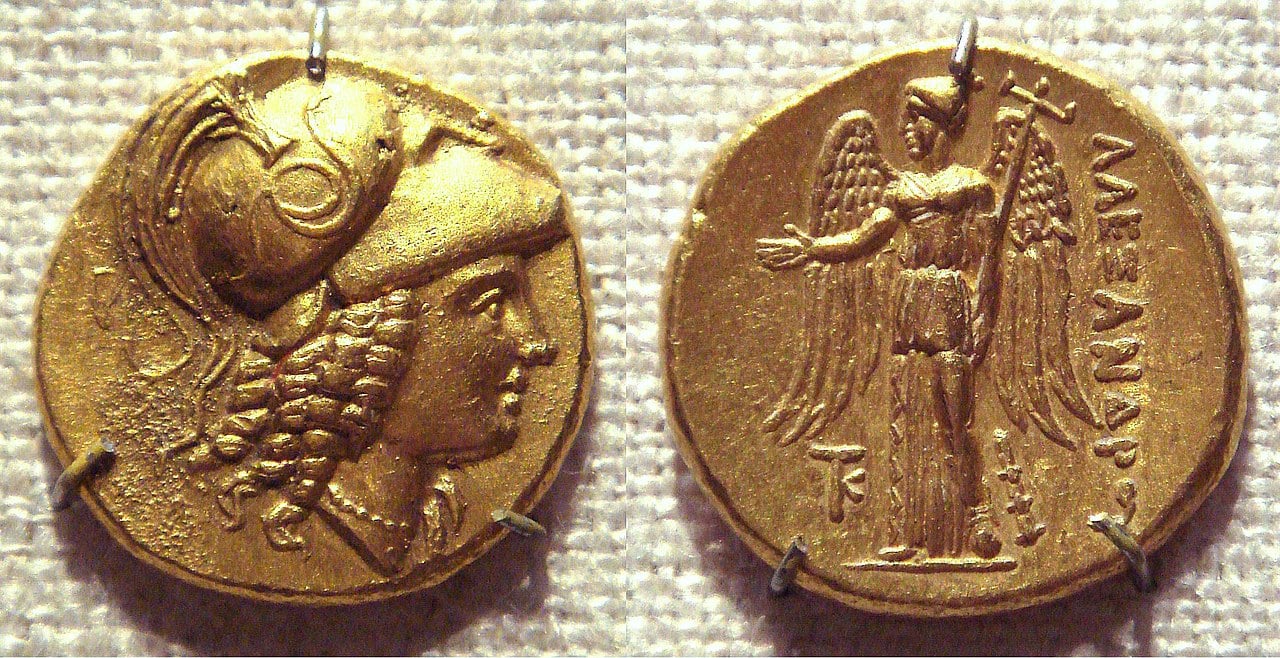

A hidden gold coin collection tucked inside the wall of a small French home has fetched nearly $3.5 million at auction, astonishing experts with its scope and secrecy.
Among the most prized items was an ancient Greek coin from the Kingdom of Macedonia, bearing the name of Alexander the Great—a rare piece that set the tone for a collection spanning over two millennia of history.
The treasure was found inside a stone house in Castillonnès, a quiet village in southwestern France. It had belonged to Paul Narce, a reclusive 89-year-old who passed away in 2024. With no children or immediate heirs, Narce spent his final year in a care home after the death of his sister Claudette, his only companion and co-collector.
Narce’s home had sat undisturbed until a notary, assigned to manage the estate, began a thorough search. After combing through the property, he discovered a concealed compartment hidden behind a painting in a storage room.
Inside was the hidden gold coin collection—carefully organized, labeled, and preserved. Alongside the main trove were ten cloth pouches, each holding 172 gold 20-franc coins, known as “Napoléons.”
Auction house Beaussant Lefèvre and Associates confirmed the coins were sold earlier this week in Paris, bringing in more than $3.48 million (3 million euros). The haul exceeded its estimated value of $2.3 million (2 million euros).
Coin expert Thierry Parsy, who examined the cache before the sale, called it one of the most significant private collections ever to surface in France.
Narce “knew what he was buying,” Parsy said. Narce had a gold coin collection “exceptional both in number, with more than 1,000 pieces, as well as the rarities it contains.”
The collection includes coins from ancient Greece, Byzantium, medieval Gaul, and revolutionary France.
Among them are seven exceptionally rare pieces from the 14th-century Duchy of Aquitaine, bearing the face of Edward the Black Prince, as well as coins from the reigns of Louis XIII to Louis XVI. Some were struck just after the execution of Louis XVI in 1793.
Narce’s neighbors had little idea of the fortune stored in the house. “They were very polite, very modest people who lived in an ordinary house a stone’s throw from the mairie,” said Mayor Pierre Sicaud, speaking to Sud Ouest.
The notary has since tracked down distant cousins, who are now legal heirs to the windfall.
In a curious twist, this is not the first time the village of 1,300 residents has made headlines for gold discoveries.
In 2014, British couple Jennie and Ron Whetton discovered 45 Spanish gold coins from the 1590s while renovating their Castillonnès home. Now, with a second major find, this quiet village has once again struck gold.
